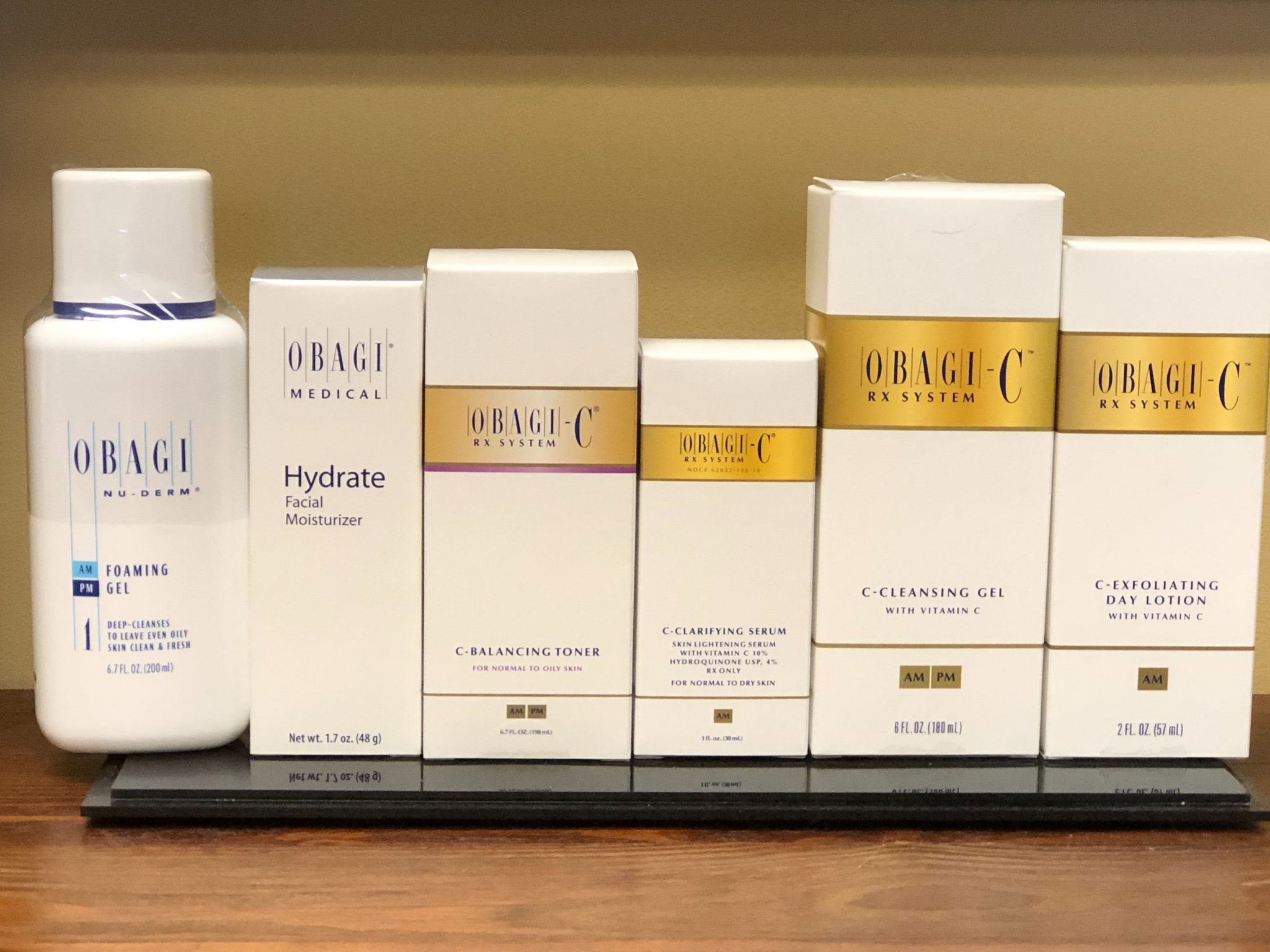January is the traditional time of year when many of us make New Year’s resolutions…
Danger Zone: Seven Reasons Why Tanning Beds Are Not Your Friends
In this two-part series provided by Price SkinCare Clinic of Ridgeland, Mississippi, we cover the dangers of tanning beds and what you should do if you’ve ever used one. Read Part Two here.
Thanks to Madison Avenue, brown-skinned models gracing the covers of fashion magazines and even peer pressure from friends, people are killing themselves to get a perfect tan.
And they’re doing it in an environment that they perceive safe: indoor tanning beds in their neighborhood tanning salon or health club.
“Research proves that tanning beds increase the risks of deadly skin cancers including melanoma, basal cell carcinoma and squamous cell carcinoma,” says Dr. Richard Price of Price Skincare Clinic in Ridgeland, Mississippi.
And if the potential of dying from skin cancer doesn’t bother you, then at least consider the fact that tanning bed usage causes premature skin aging which increases the likelihood of:
• Wrinkles
• Age spots
• Changing skin texture.
Tanning beds are not your friends and here are seven reasons why.
Reason #1: Tanning beds emit up to 15 times more ultraviolet radiation than the sun.
If you thought the sun’s rays were dangerous (and they are) the ultraviolet radiation emitted from tanning beds is much worse. In fact, the World Health Organization’s International Agency for Research on Cancer (IARC) assigns tanning beds and tanning lamps into its highest cancer risk category: carcinogenic to humans. This category is shared with other hazardous sources such as plutonium and certain types of radium.
Reason #2: Tanned skin is damaged skin
Contrary to popular opinion, you don’t have to burn your skin to damage it.
Your skin tans when the skin cells are damaged by harmful UV rays. And the darker you tan, the more hours you tan – even the more years you tan – can lead to cumulative damage to skin cells which can cause premature aging wrinkles and age spots as well as skin cancer.
Reason # 3: Tanning can be addictive
It’s true: research shows that UV light increases the release of feel-good endorphins that relieve pain and promote feelings of well-being. One study found that even some diagnosed with melanoma continue tanning bed use – validating the idea that tanning is addictive.
Reason #4: National and local governments are banning tanning bed usage
At least two countries – Brazil and Australia – have banned indoor tanning. And 11 more countries and 10 US states have banned tanning for minors under the age of 18.
Reasons #5: UV exposure can cause cataracts and cancers of the eye (ocular melanoma)
Even though you may wear protective eyewear, do you really want to risk your eyesight for brown skin?
Reason #6: Tanning beds perpetuate the idea that there is something ‘wrong’ with your natural skin tone
For decades pop psychology has encouraged people to develop positive self-esteem and a healthy body image. And yet, tanning beds promote the opposite: that there is something imperfect about one’s natural skin tone. And millions of tanning enthusiasts are falling for it hook, line and sinker, endangering their lives.
Reason # 7: Research shows that tanning increases your risks of skin cancer, especially the killer melanoma
So here’s the most important reason tanning beds aren’t your friends: they can kill you.
The UVA rays emitted by tanning beds damage your DNA, giving abnormal cells opportunity to morph into melanoma or other types of skin cancer such as basal cell and squamous cell.
If the first six reasons don’t deter you from booking your next tanning session, consider these facts about melanoma, the skin cancer with the highest mortality rate:
• Melanoma kills someone every 50 minutes.
• Melanoma is the second most common cancer for young adults aged 15-29 years old.
• Melanoma rates are climbing faster than just about all other cancers.
• According to research, one bad sunburn can double your chance of developing melanoma later in life.
• Your risk of developing melanoma is increased by 75% if you use tanning beds before age 30.
• Even infrequent tanning bed usage triples your chances of melanoma.
Is a tan really worth dying for?
So what’s a tanner to do? Click here to read Part 2 of this series: ‘Four Things You Need To Do If You’ve Used Tanning Beds”




